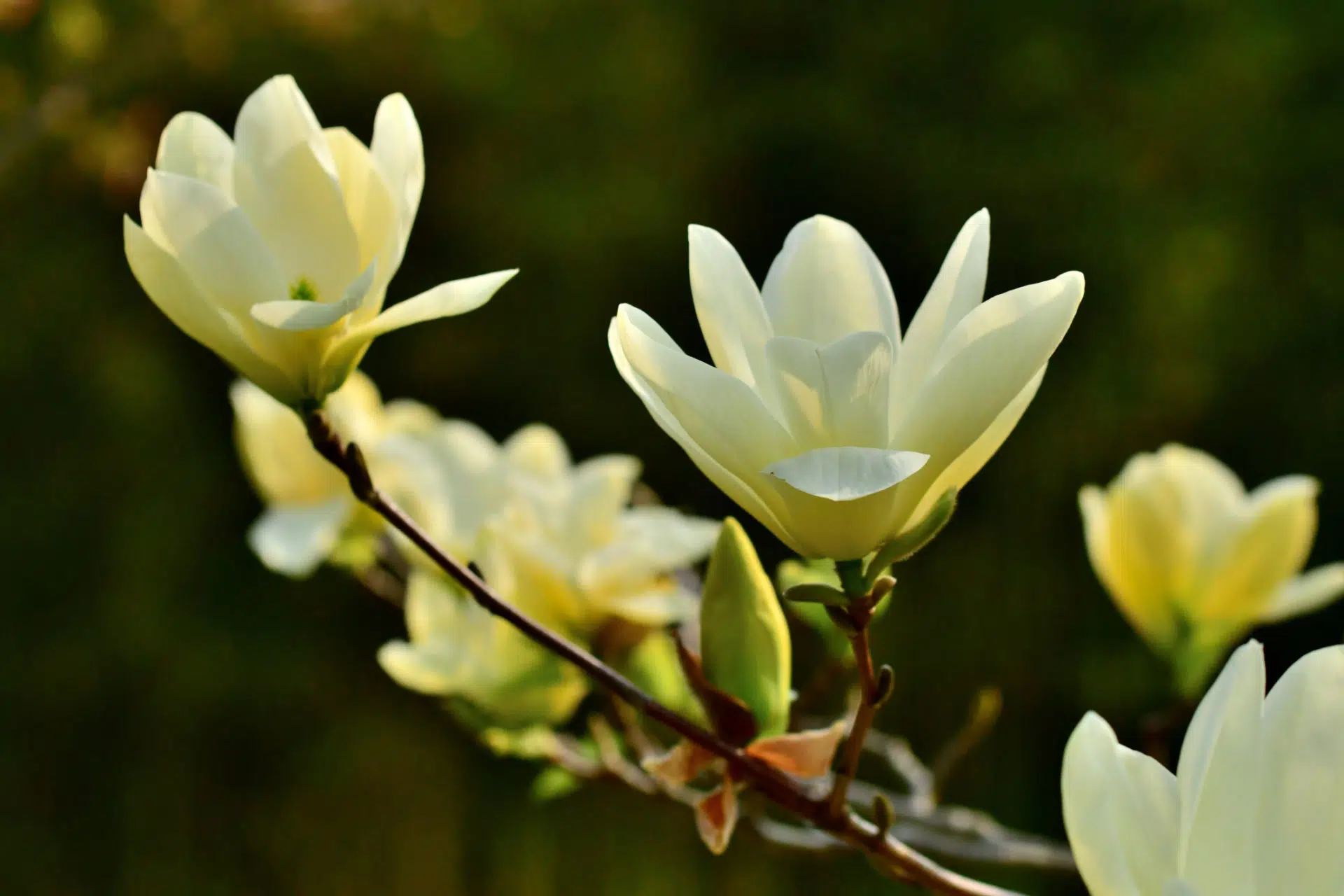Trees
Cucumbertree
Magnolia acuminata

Site Selection: Open Spaces (Parks/ Lawns)
Size: Large
Magnolia acuminata

Site Selection: Open Spaces (Parks/ Lawns)
Size: Large
People for Trees™
Plant and care for a tree beginning with making a pledge. We will support each pledge with easy-to-follow instructional toolkits, guidance on how to select the most appropriate tree and where to purchase it, free virtual classes and other ongoing support.
Make a pledgePopular searches:
Time: 1767744000 / Saved: 1767744000
Views (7 day(s) ago): 1
Views (6 day(s) ago): 5
Views (5 day(s) ago): 3
Views (4 day(s) ago): 4
Views (3 day(s) ago): 2
Views (2 day(s) ago): 3
Views (1 day(s) ago): 2
Views (Today): 2